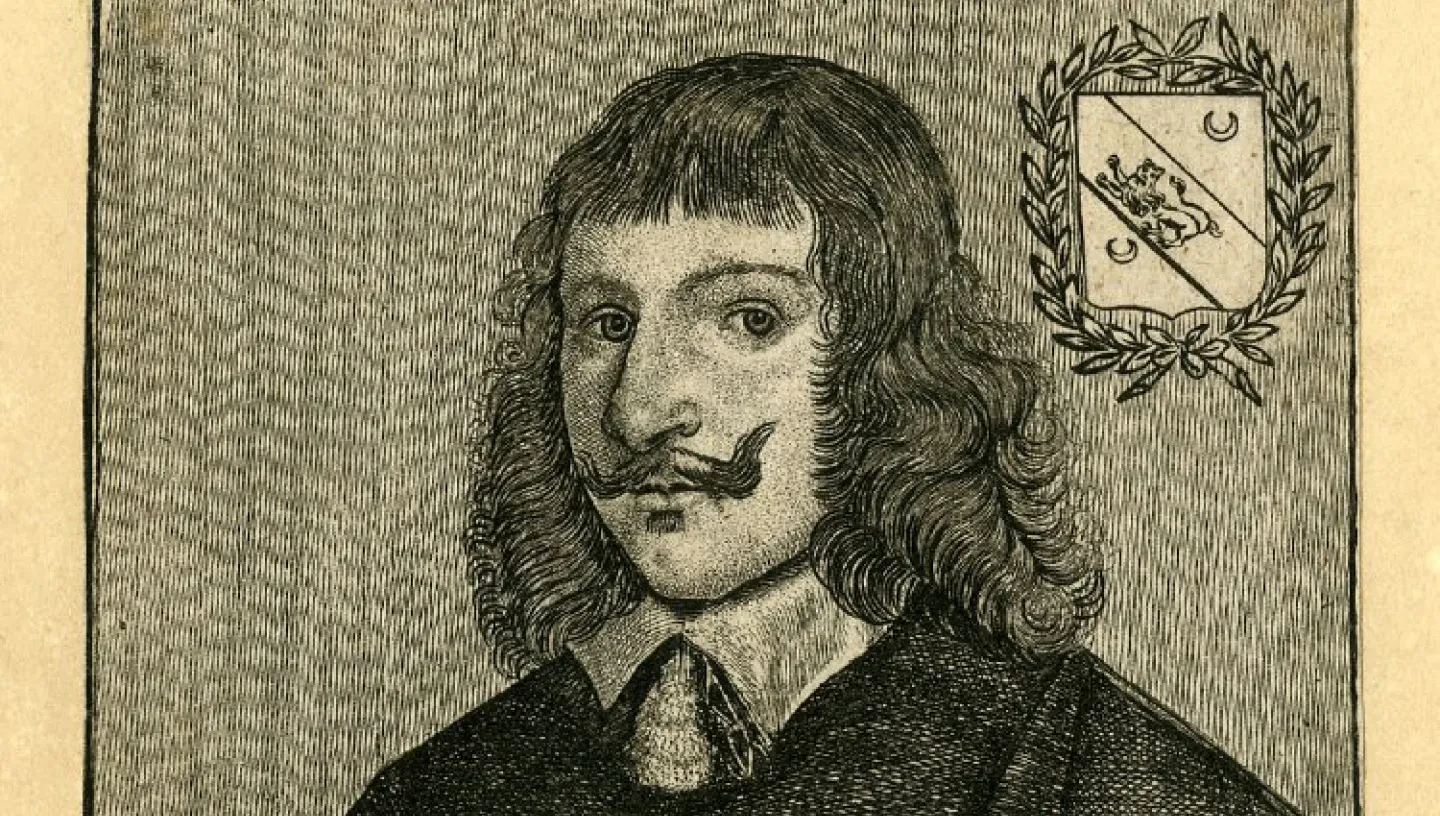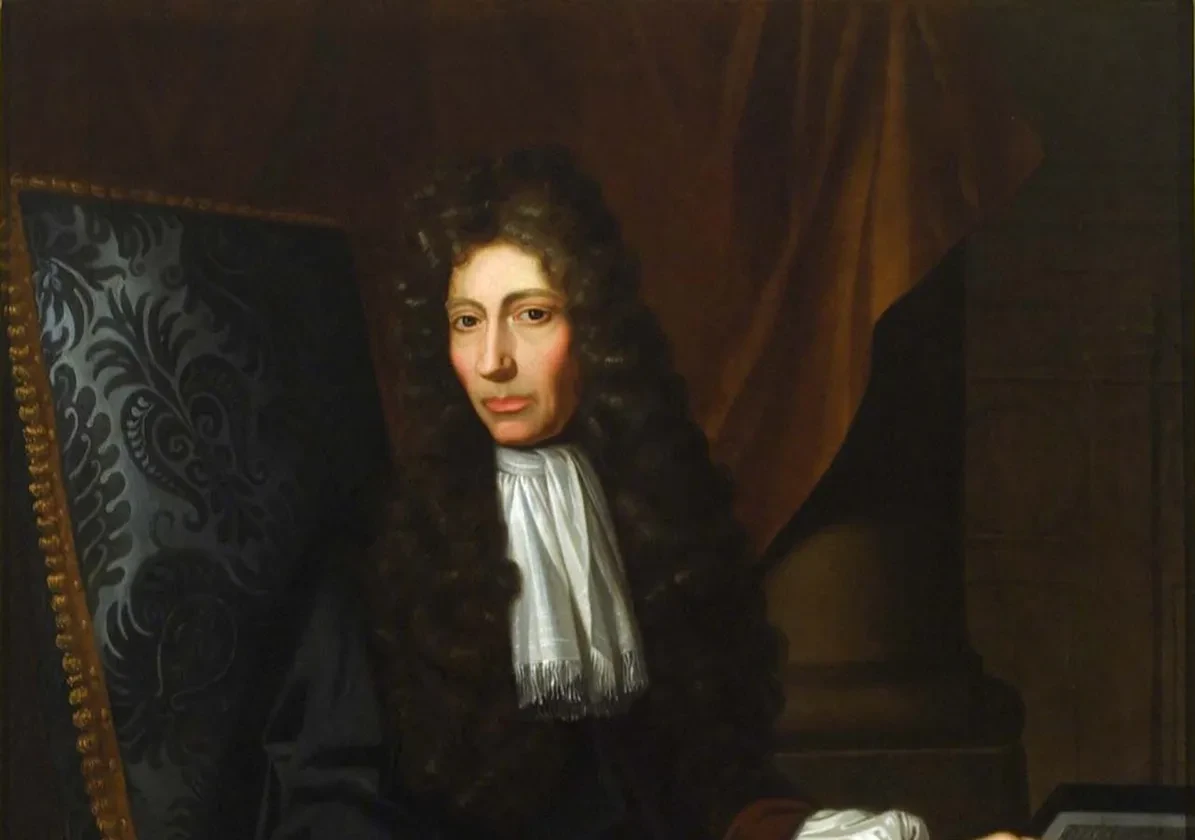
Next time you reach for a painkiller, be grateful you weren't relying on Stuart medical treatments.
Very little was known about hygiene in 17th-century England.
People were not aware that diseases were spread by germs which thrived on dirt. They did not think of cleaning the streets or washing their hands before eating, so diseases could spread quickly.
People dreaded catching malaria, which they thought came from a poisonous gas called ‘miasma’ from sewers and cesspits.
Doctors still believed the ideas of a Greek physician called Galen. He thought that the body was ruled by four humours, or fluids, which determined your personality and how you reacted to various diseases. The four humours were:
- Blood/Sanguine - hot: fiery personality
- Phlegm - cold: calm personality
- Yellow bile - dry: bad-tempered personality
- Black bile - moist: melancholy personality
What sort of cures were available in the 17th century?
Chinese people had been using plants for medicinal purposes for 4,500 years, and some of these had been brought to Europe. Many domestic plants, such as foxglove and marshmallow, were also used to treat illnesses.
As well as these, doctors believed in the power of powders said to be made from strange ingredients such as horn from the mythical unicorn, and bezoar stone (made famous again in J.K. Rowling's Harry Potter books), which was claimed to be the tears of a stag turned to stone.
Live worms, fox lungs (for asthma), spiders' webs, swallows' nests and the skulls of executed criminals were also highly sought-after ingredients.
Why did doctors use leeches?
Leeches are a type of slug-like worm, used for thousands of years to reduce blood pressure and cleanse the blood. A leech placed on the skin will consume four times its own weight in blood, and with the blood the toxins that produce diseases.
While the leech is sucking it releases a chemical called hirudin, which prevents coagulation, or clotting of the blood. Fevers were thought to be the result of too much blood in the body: doctors deliberately cut veins or used leeches to release this 'bad' blood.
What was Nicholas Culpeper's contribution to medicine?
In England, herbal treatment reached its peak of popularity with the publication of the Herbal of Nicholas Culpeper (1616–54), a book also called the English Physician. Culpeper linked each plant or herb with a sign of the zodiac, and although his theory is not believed now, many plants he described and illustrated really did help to cure illnesses. The herb wintergreen, for example, contains salicin, a natural form of the painkiller aspirin.
How else were advances in medical treatment made?
Some advances in medicine came about when treating soldiers and sailors on the battlefield. A Frenchman named Ambroise Pare discovered that the best way to treat a wound was not to put boiling oil on it, as had previously been the practice, but instead to apply a cold lotion made of egg yolk, oil of roses and turpentine. New drugs which became popular included tobacco, coffee, tea, and chocolate: all of them were first used as medicines!
Was it easy for scientists to investigate the human body?
No. The church in medieval times forbade dissection, the cutting open of dead bodies. This made it difficult for doctors to learn about the workings of the human body. However, in 1543, a surgeon called Vesalius of Brussels published his own illustrated medical manual called The Fabric of the Human Body. This was the result of his own secret dissections, and the illustrations were so accurate that it became a very important guide for doctors and surgeons. Even so, progress was slow and many people had to suffer horrible 'cures' and medicines.
Were any important discoveries made in the 17th century that helped improve doctors' knowledge?
In the 1620s an Englishman named William Harvey, who had studied at the great Italian medical school in Padua, discovered that blood circulates around the body, with the heart acting as a pump with valves to control the flow.
King Charles I encouraged Harvey’s efforts after seeing his work. King Charles II, who became king in 1660 after the death of Cromwell, was also interested in science, including medicine.
In 1661, a chemist called Robert Boyle published a book called The Sceptical Chemist, which described how the body takes in something from the air to breathe. Boyle also established that without this important gas, which we now know as oxygen, animals and birds would die.
In 1662, Charles II granted a Royal Charter to the Royal Society which encouraged scientists to attempt new experiments. However, despite such promising developments, many superstitions were still accepted as truths in the 17th century.
What superstitions did people believe?
Some women who treated people with herbs and potions were accused of being witches and put to death by hanging or drowning. Another superstitious belief was that the king had power to cure people of the 'King's Evil'. This was the name given to scrofula or surgical tuberculosis. The king gave the 'Royal Touch' on the neck near a gland, and gave the sufferer a 'touch piece' or gold coin. This custom dated back to the time of Edward the Confessor. Charles II may have touched on average 4,000 people a year.
Why was the Great Plague so devastating?
In 1665, a plague ravaged England from June until November. It reached its peak in September, when in just one week 12,000 people in London died, from a population of around 500,000. The king and his court fled to Oxford, but a doctor named Nathaniel Hodges remained in London to fight the disease.
He fumigated houses with smoke from resinous woods, suggested rest and a light diet, and relieved fever by giving his patients Virginian snake root. Although his favourite powders were made from bezoar stone, unicorn horn and dried toad, he found these of no use. He himself sucked lozenges made of myrrh, cinnamon and angelica root. Though none of his medicines would have been of any use, he successfully survived in London without contracting the plague.
By the end of the 17th century, a more clinical and scientific approach to health, based on actual observation, gradually began to appear. This laid the foundations for the much greater progress that was to be made in the next century.



